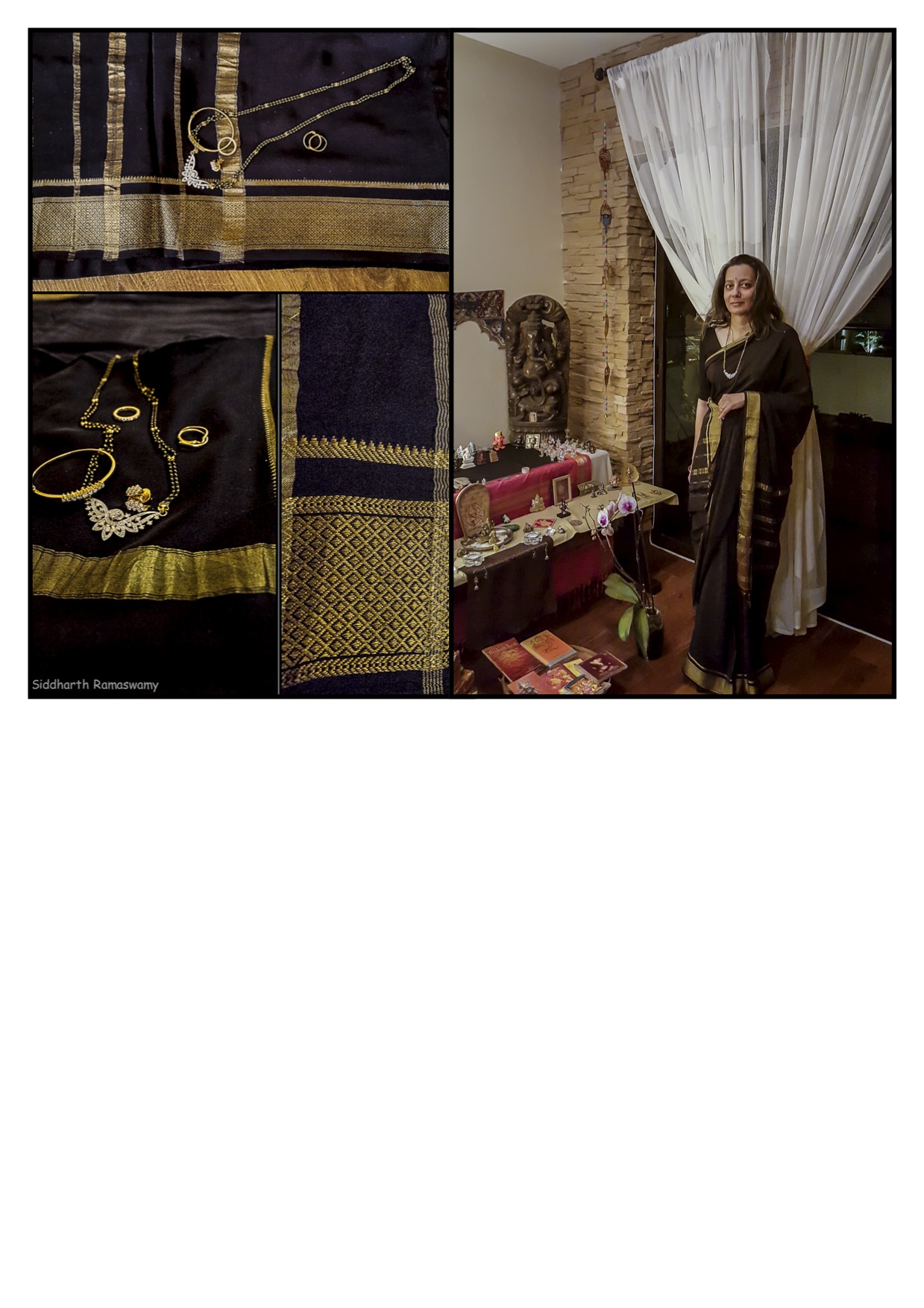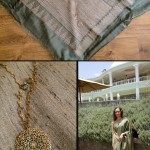Anant Chaturdashi
#100SareePact
13/100 – Anant Chaturdashi
Ganesh Chaturti celebrations come to an end on Anant Chatrurdashi, 10 days after the installation of the idol of Lord Ganesha in the home. Traditionally this idol should be hand moulded from clay and worshipped with appropriate rituals with offerings of specific leaves, flowers and food. On the last day the idol is immersed in the nearest water body with due pomp and ceremony with a prayer requesting him to return to the home next year. Ganapati Bappa Morya, Pudhchya Varshi Laukar Yaa.
In 1912, the Maharaja of Mysore state established a silk weaving factory to weave material required by the royal family as well as the ornamental fabric used by their armed forces. In 1980, this factory was handed over to the Karnataka Silk Industries Corporation Ltd. (KSIC). This silk production unit is unique in that it controls silk production from reeling of the cocoons to the weaving and dyeing of the finished product. The gold used in the designs is 100% pure. There is a small, unique code embroidered on each saree which is the symbol of guarantee offered for this purity. Each saree that is woven is not just a piece of art but an heirloom in the making
This black Mysore Crepe, as this material is called, has a very old fashioned border design sometimes known as the snake skin pattern. Such a traditional saree demands traditional accessories. I chose the black bead “mangalsutra”. This piece of jewellery is created by India’s famous chain of jewellers, Tanishq. The earrings are created by another old and revered name in jewellery from the Southern city of Chennai – Mehta Jewellers.


you are looking verrry young in this spl. saree lovely